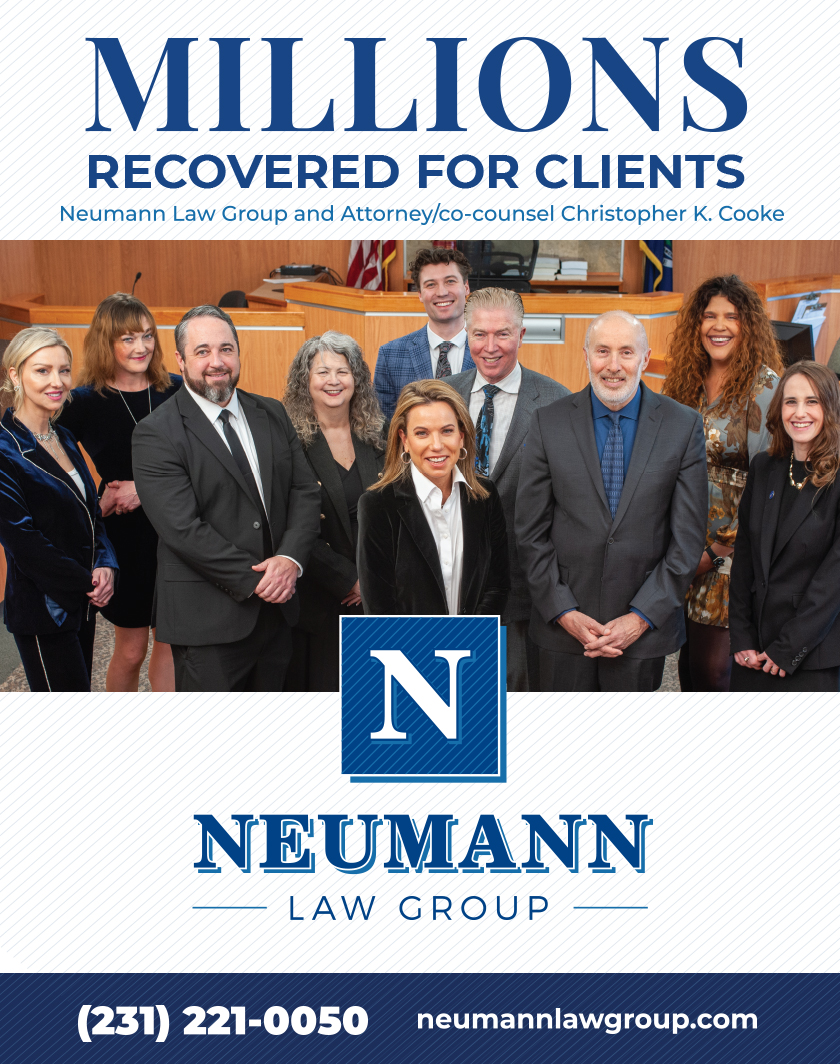Affirmative Action and Its Discontents
Guest Opinion
By Isiah Smith, Jr. | July 29, 2023

The Supreme Court did not go far enough in ending affirmative action (AA) in college admissions. Instead of being bold and decisive, the Court took the road most traveled.
The U.S. Supreme Court recently held that race-conscious admissions programs at Harvard and the University of North Carolina violate the Constitution’s guarantee of equal protection. Many commentators, at least those who support affirmative action, argued that the ruling will force a dramatic change in how the nation’s private and public universities select their students.
But if one looks at the case more closely, it becomes clearer that Roberts’ opinion also reinforces existing systems of preferences.
Chief Roberts in his majority wrote: “Eliminating racial discrimination means eliminating all of it.” What he didn’t say is “eliminating discrimination means eliminating all of it.” He said, instead, “Distinctions between citizens solely because of their ancestry are by their very nature odious to a free people whose institutions are founded upon the doctrine of equality.”
The decision would have been stronger and more credible if Roberts had instead written:
“Today we hold that preferences of all types have no place in a fair and just society. For far too long, our finest institutions of higher learning have catered to the needs of the privileged classes. Children of parents who attended Harvard and North Carolina have been awarded admission over more qualified applicants. Children of parents who have donated large sums of money to these institutions are given preferences over those whose parents can’t afford to donate such sums. And finally, students whose ancestors have their names on buildings at these institutions are seldom turned away.
“The decision I am announcing today also eliminates preferences based on athletic ability. The ability to pass, catch, run, and block must no longer be given preference over the ability to read, write, and think. The Court’s decision eliminates all these types of discrimination. Gone are the days when the only kind of affirmative action considered offensive is the ones put into place to benefit those who for centuries suffered the most brutal and inhumane treatment on account of the color of their skin or their national origin.”
But that is not what Roberts’ decision did. Instead, legacy admissions, athletics admissions, and the affirmative action for children of donors and faculty members were untouched.
A 2019 National Bureau of Economic Research working paper by Peter Arcidiacono found that 43 percent of students admitted to Harvard College were either athletes, legacies, members of the Dean’s or Director’s lists of relations of donors or prominent figures, or children of university employees. (We’ll call that 43 percent “ALDCs.”)
Almost 70 percent of Harvard legacy applicants were white, which is also the case at the University of North Carolina. Therefore, Roberts’ decision protects, preserves, and perpetuates the status quo where “them that’s got shall get, them that’s not shall lose.”
The two Supreme Court cases were brought on behalf of Asian students. Apparently, it was argued that but for Affirmative Action, more Asian students would have been admitted to Harvard. However, it’s just as likely that if ALDC didn’t allow so many white students to be admitted, more Asians would have gained admission. The percentage of Asian students at Harvard is double the percentage of Black students. The percentage of ALDC students is greater than the percentages of Black and Asian combined.
So, really, the Asian students’ complaints were misdirected; the argument could have easily been that by admitting lesser qualified ALDCs over more qualified Asian students deprived Asians of equal protection of the law. To effectively ban consideration of race in college admissions requires banning ALDC admissions! Otherwise, unqualified applicants will continue to dominate college admissions.
These discriminatory practices have disturbing consequences, to wit: George W. Bush’s father and grandfather both attended Yale University. So, naturally, George W. was admitted to Yale, where he was a C student, scoring 77 percent (with no As and one D, in astronomy) with a grade point average of 2.35 out of a possible 4.00. He did, however, excel in cheerleading.
Bush’s legacy admission had devastating consequences. George W’s grandfather served as a senator, and his father was a one-term president. So naturally, George W. became Governor of Texas and later arguably the second worst president in the history of the country. As president, he falsely claimed that Iraq had weapons of mass destruction and posed a “threat to the national security of the United States and international peace and security in the Persian Gulf region.”
The stupid war that followed devastated the nation’s budget. When Bill Clinton left office, he had balanced the federal budget and erased the federal deficit. The Iraq war cost the U.S. $757.8 billion and dug a massive hole in our economy from which we still haven’t recovered.
In conclusion, legacy preferences are discriminatory and detrimental to the welfare of our great nation. There’s no evidence that affirmative action has had a similar adverse impact.
Isiah Smith, Jr. is a retired government attorney.
Trending

Cherries Are Who We Are: The State of the Cherry Farming Industry
It’s easy to get caught up in the National Cherry Festival’s fireworks, carnival rides, corn dogs, air shows, an… Read More >>
From Greenhouse to Community Incubator
Tucked on the Frankfort Highway, just a stone’s throw from the Betsie River watershed, sits a former homestead that is… Read More >>
A Waterskiing Squirrel and More at the Manistee National Forest Festival
Just one of many highlights of the Manistee National Forest Festival, July 2-6, is Twiggy the Waterskiing Squirrel! See Twig… Read More >>


